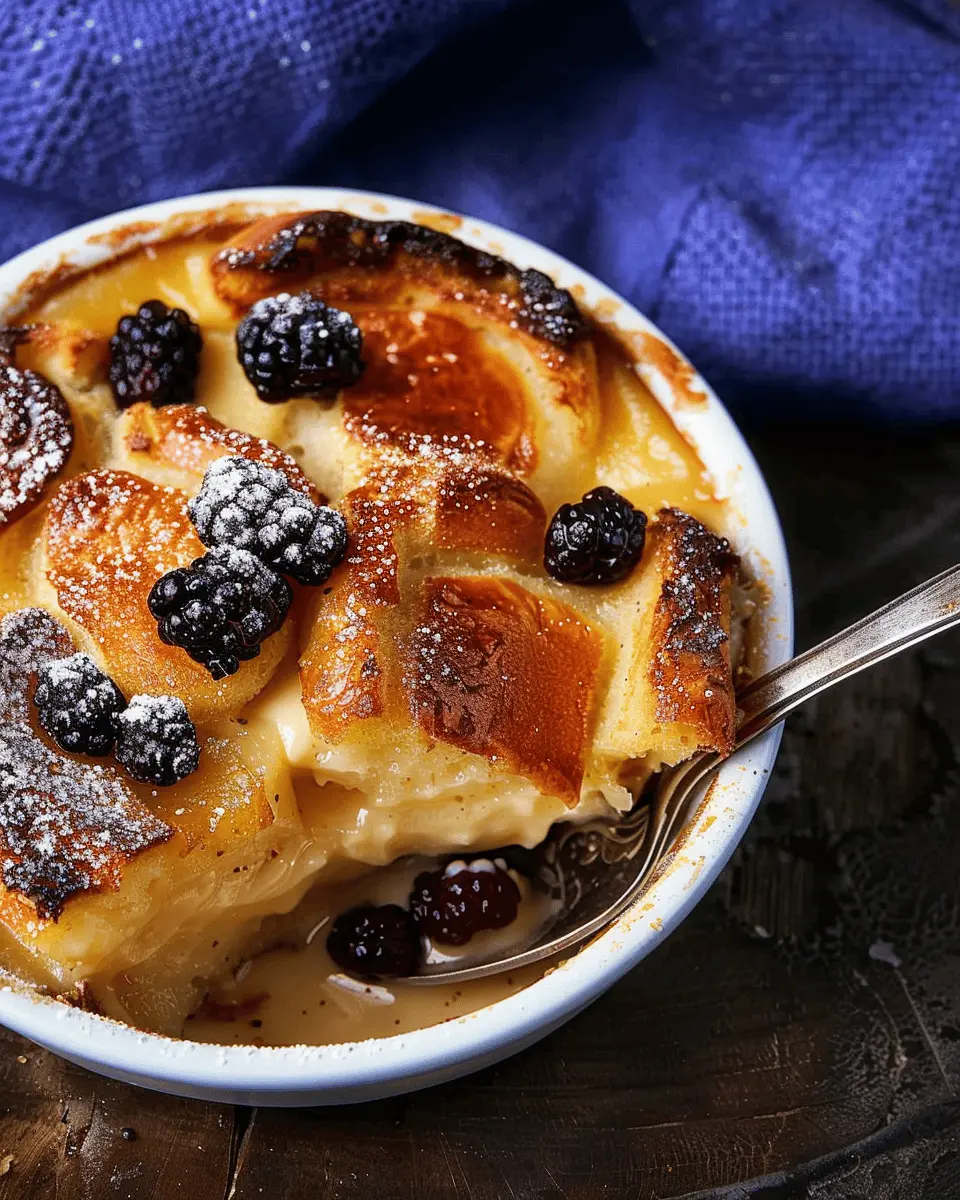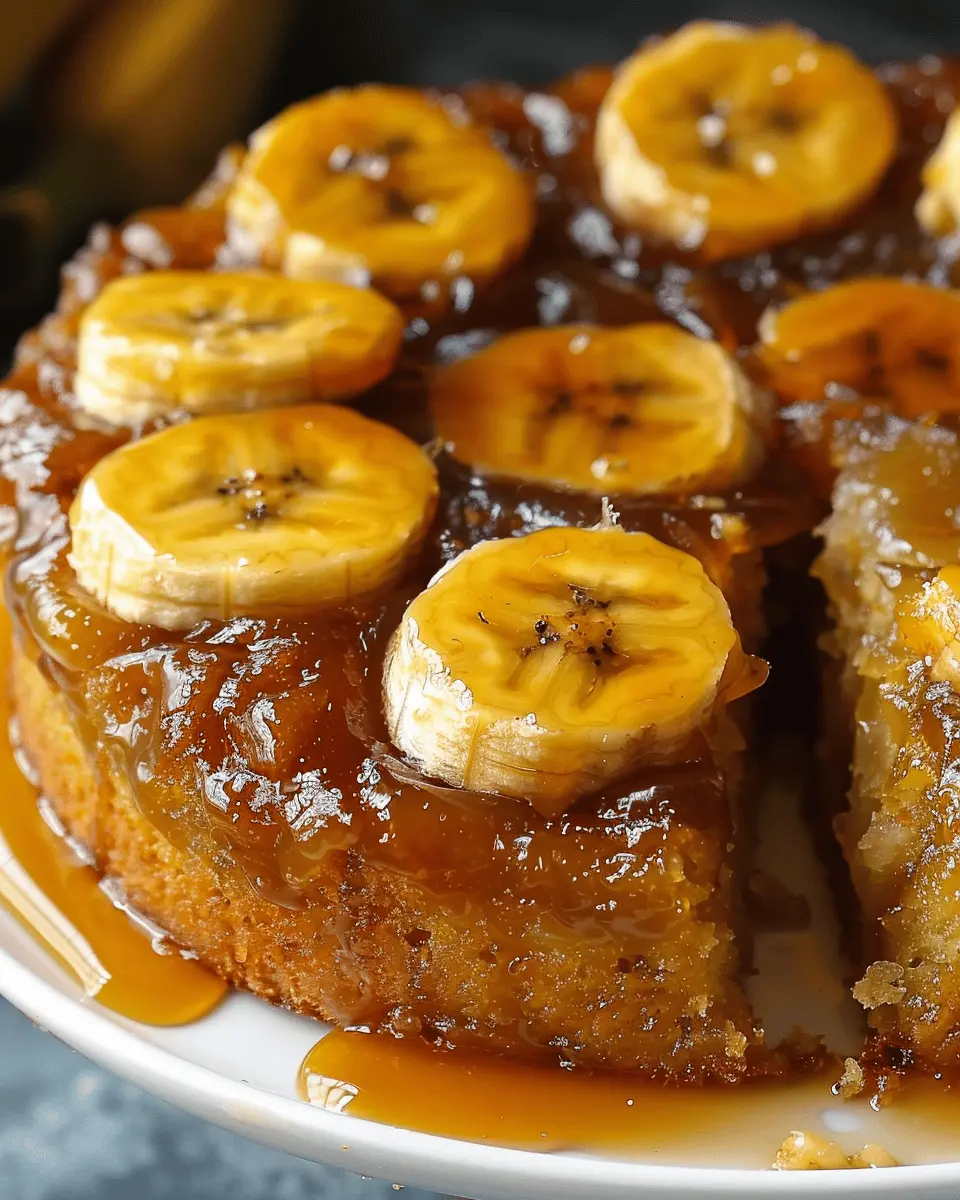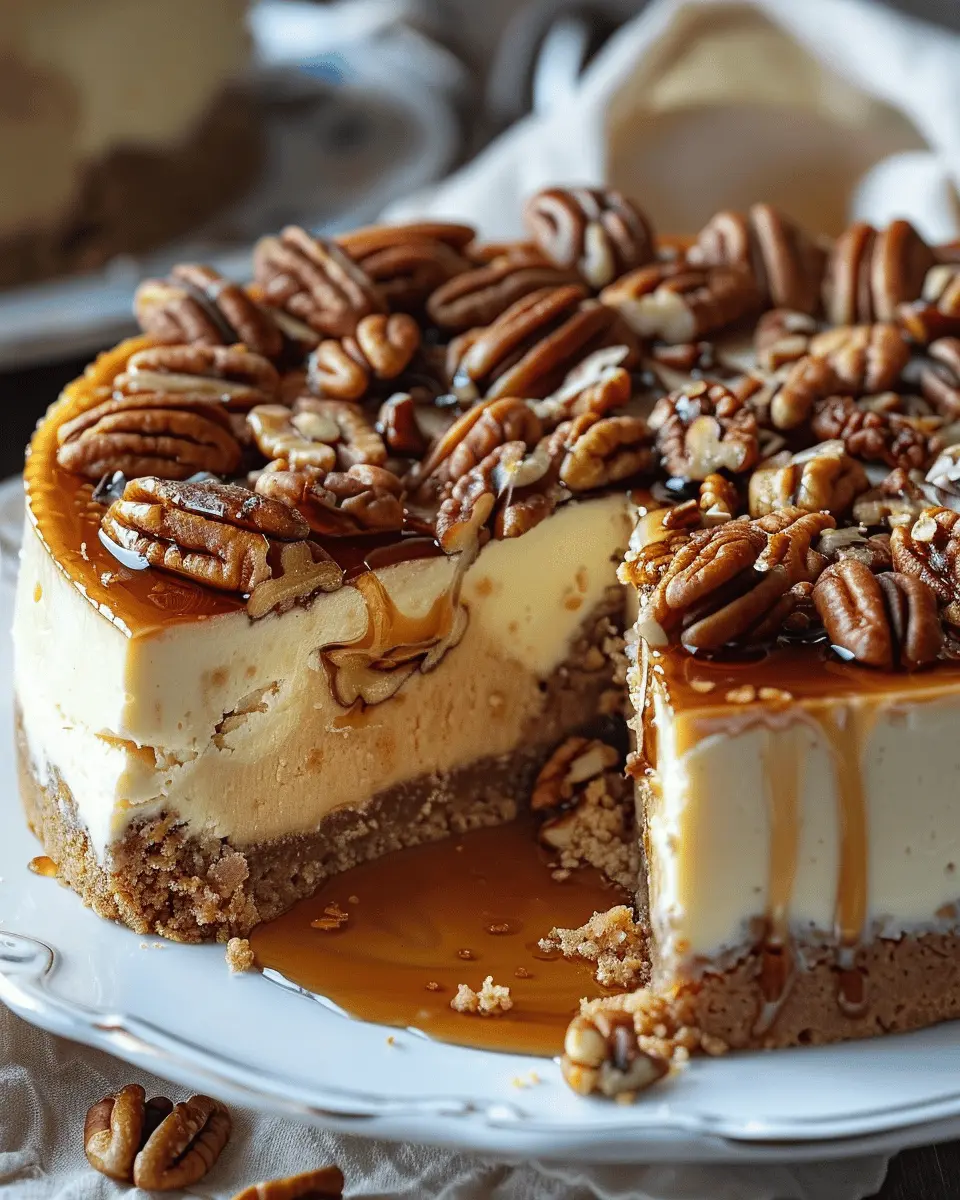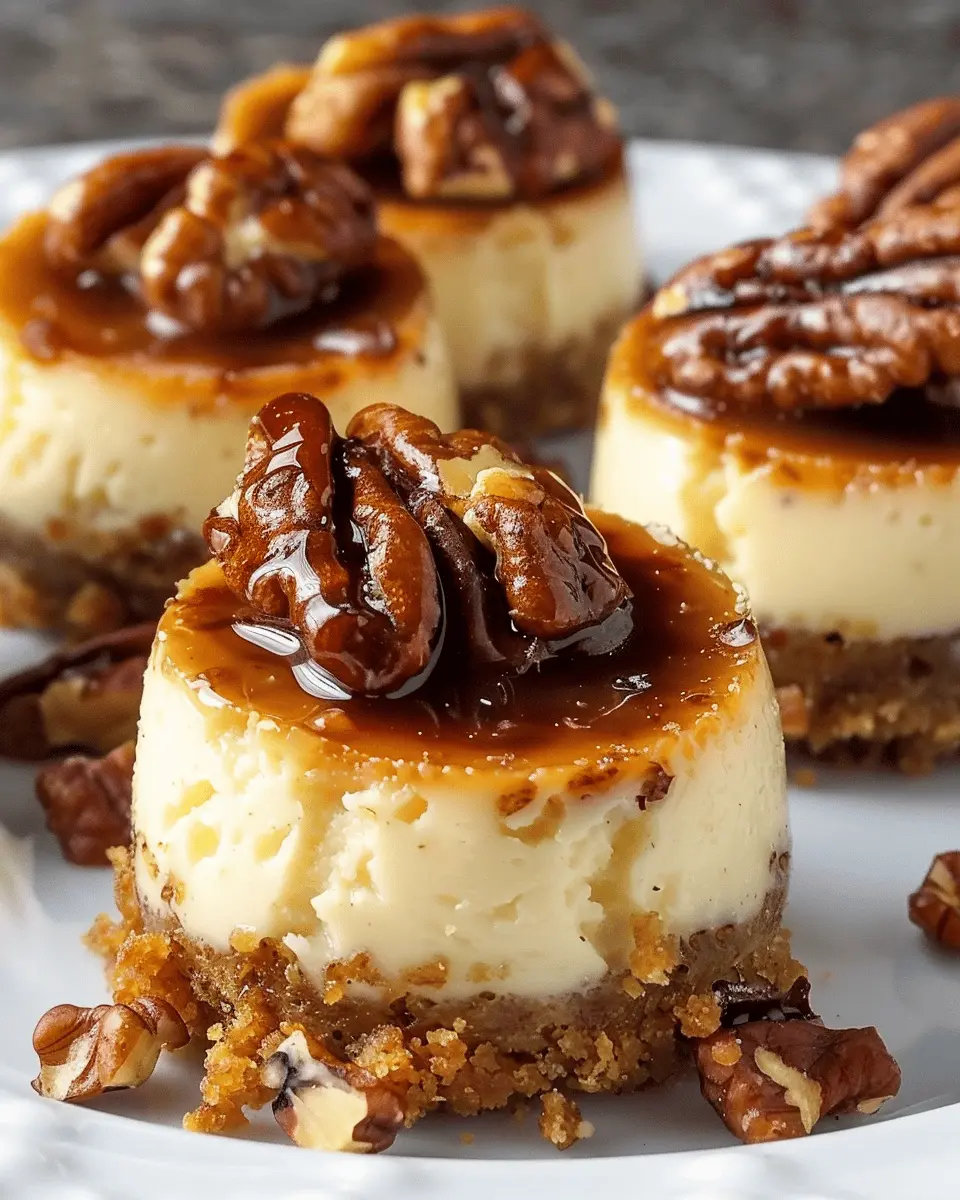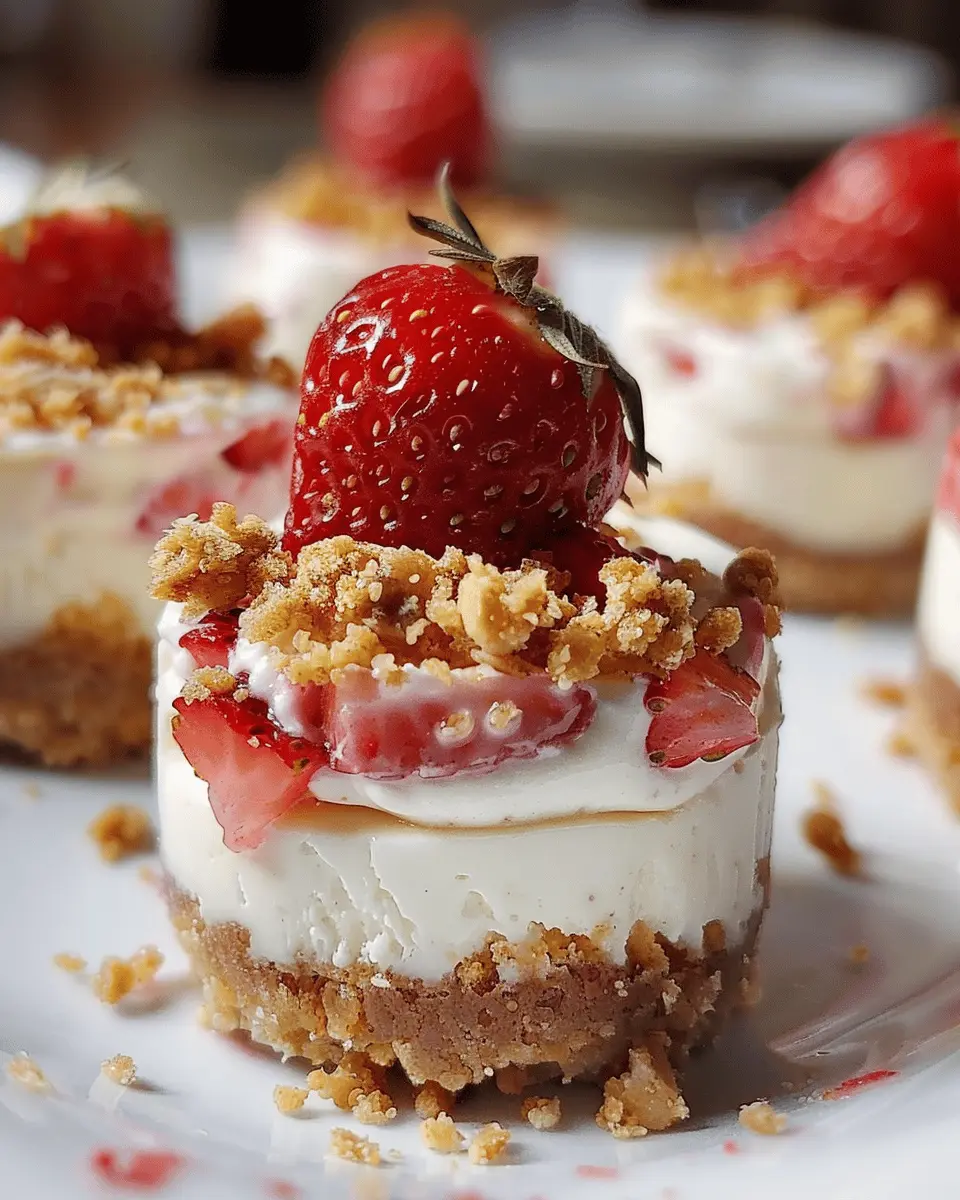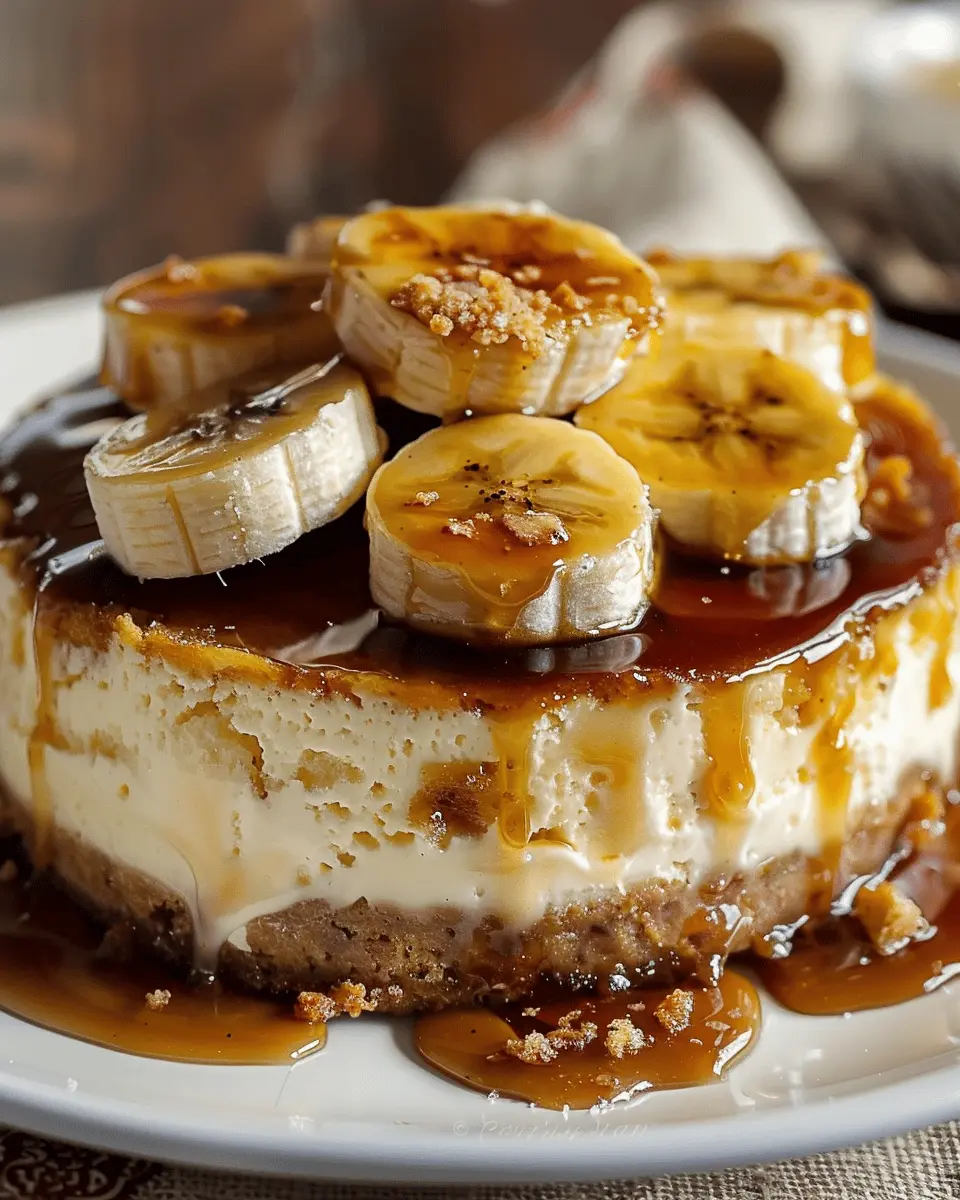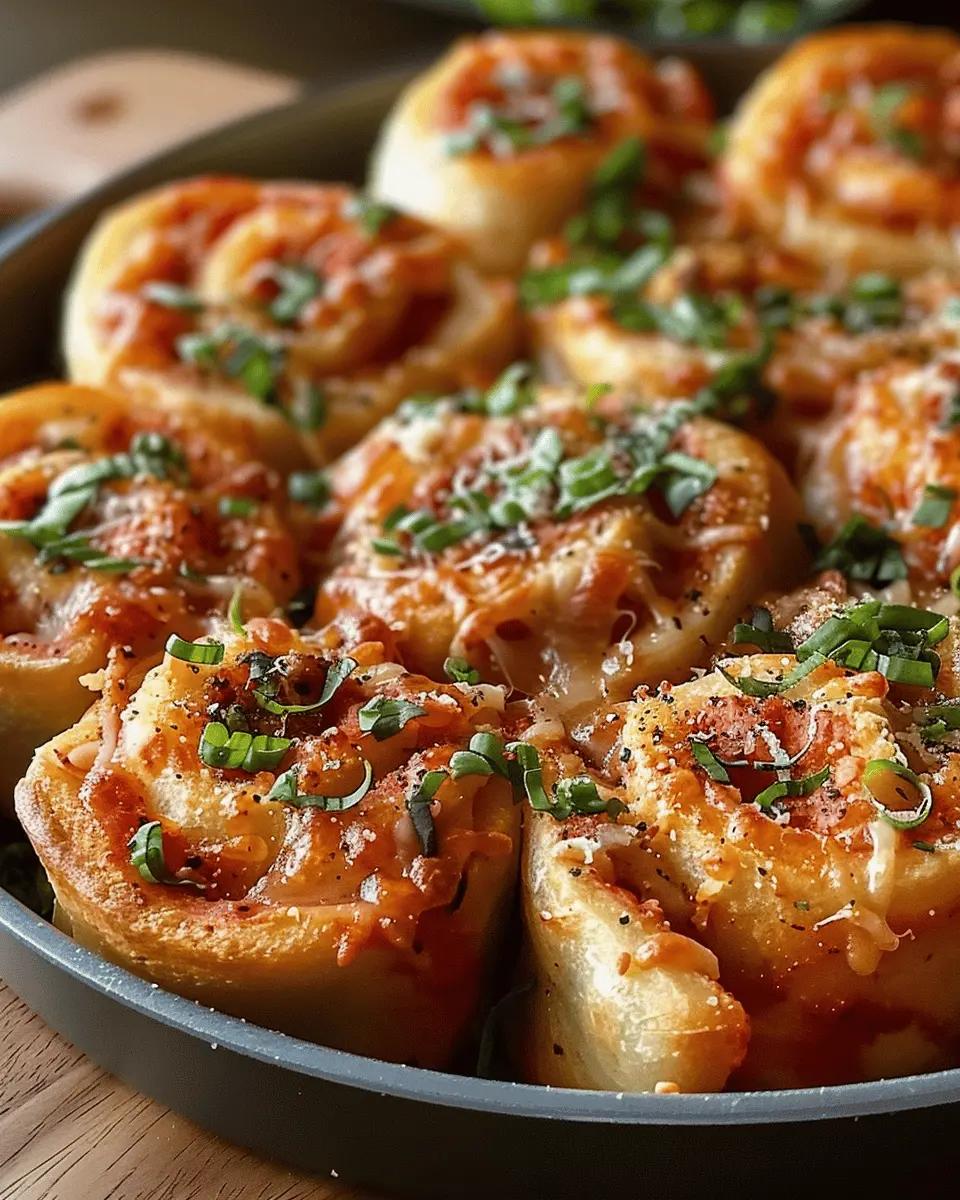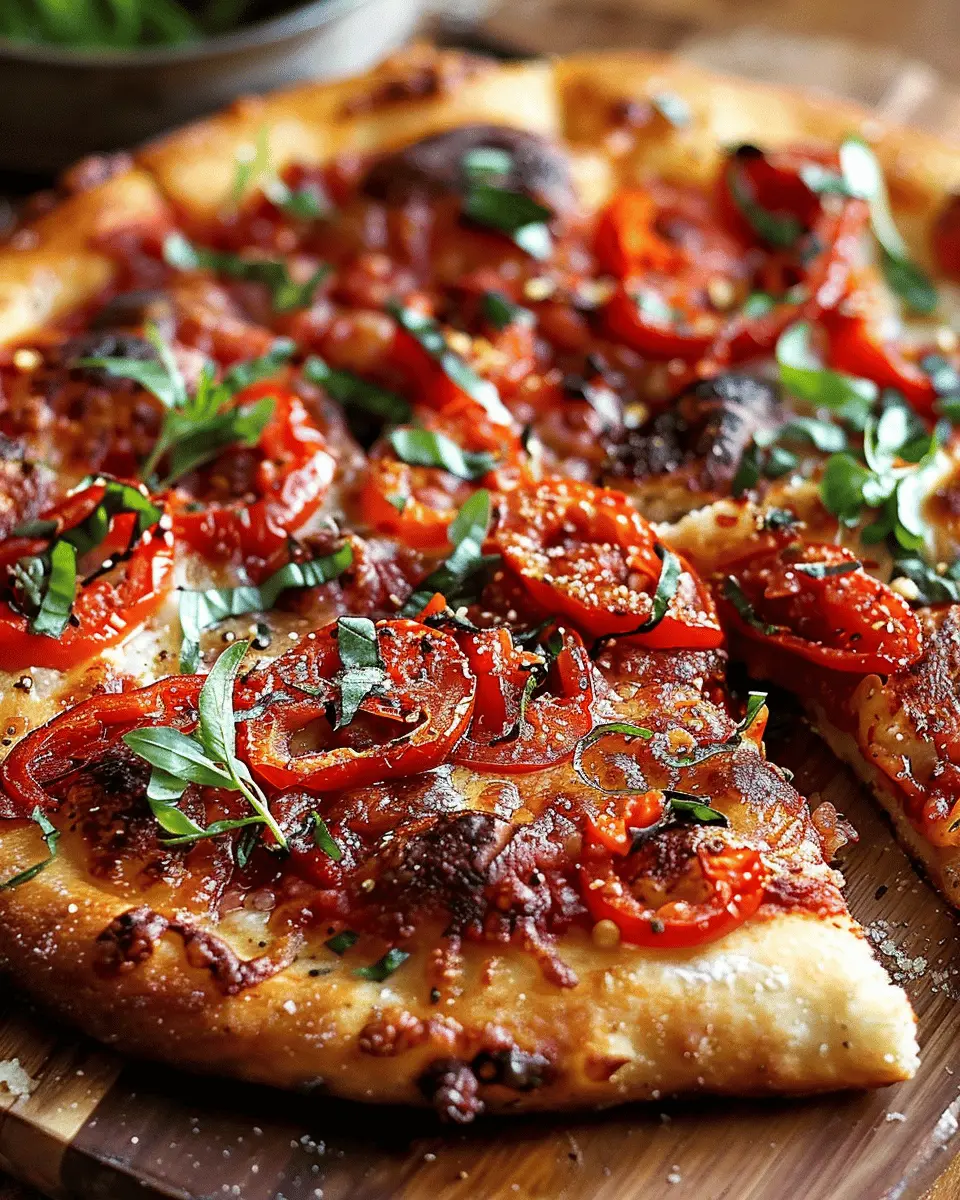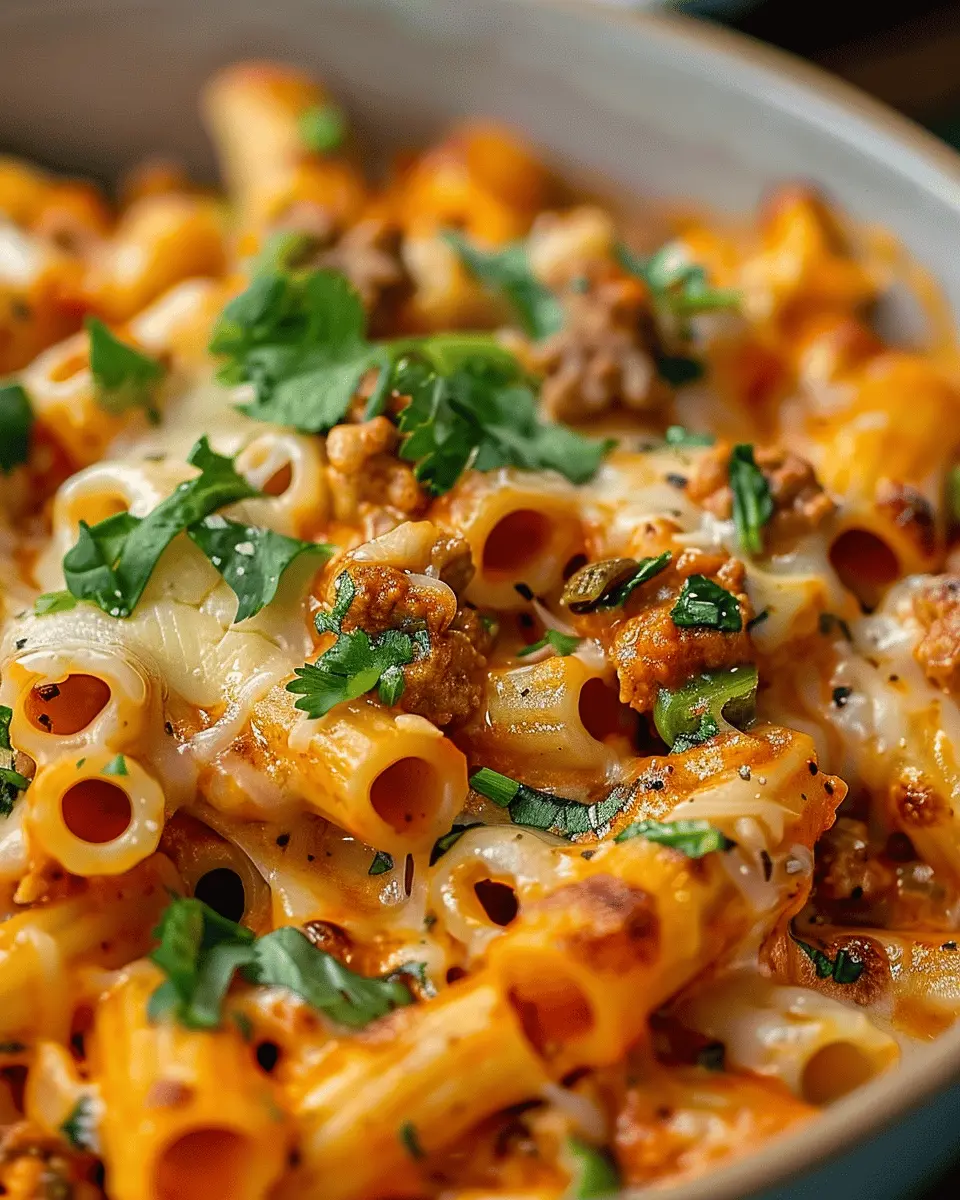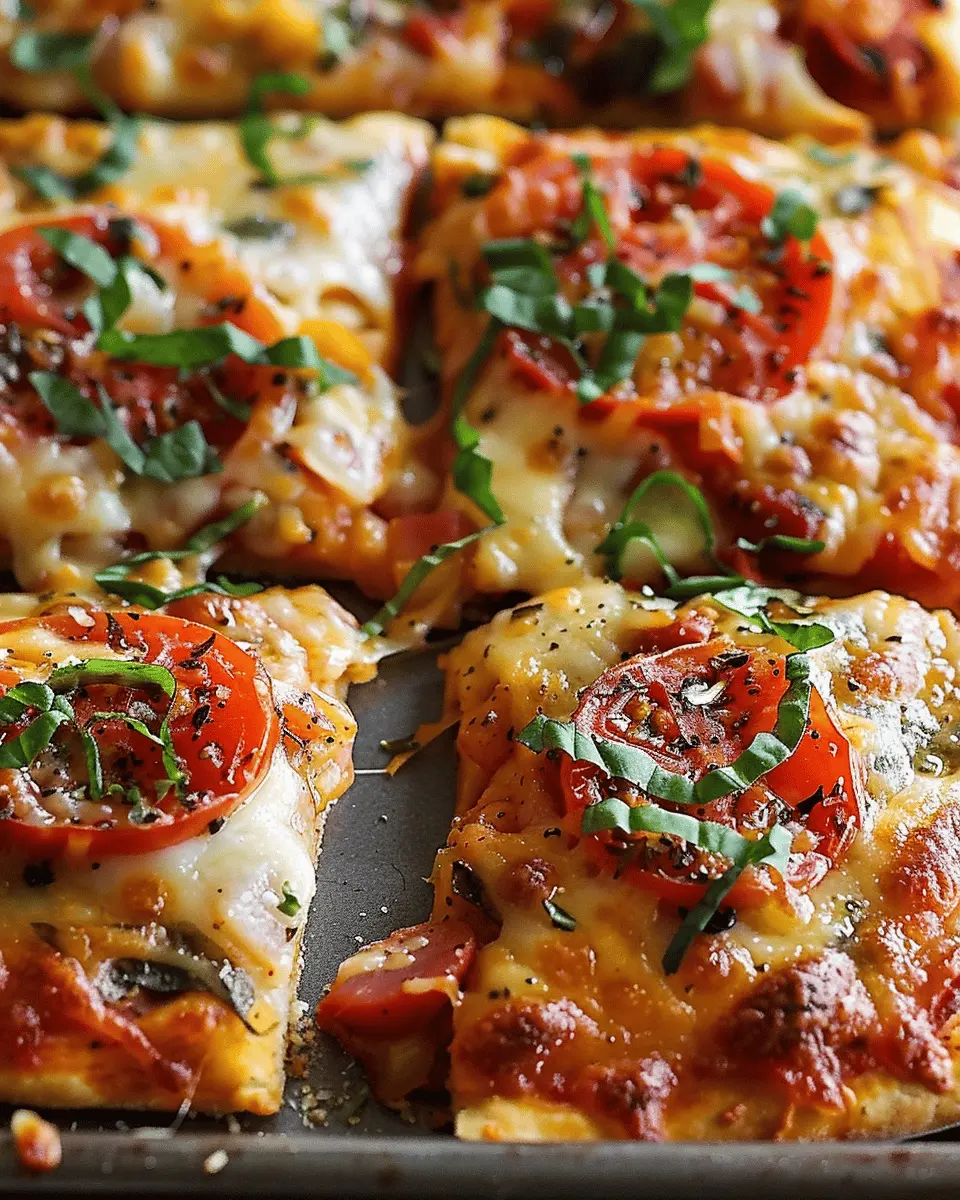Introduction to Classic Bread and Butter Pudding
What is Classic Bread and Butter Pudding?
Usually regarded as a beloved staple of British dessert cuisine, classic bread and butter pudding is a simple yet satisfying dish that harnesses the flavors of bread, butter, eggs, and milk. This decadent creation is typically assembled by layering buttered slices of bread, often with raisins or sultanas sandwiched between, then soaking in a rich custard mixture. Once baked, it emerges from the oven golden-brown and fragrant, with a soft, custard-like interior and a slightly crispy top.
What makes this dessert particularly charming is its versatility. You can use nearly any type of bread—white, whole grain, or even brioche—and personalize it with various ingredients like citrus zest, spices, or chocolate. The best part? It’s a fantastic way to repurpose stale bread, turning what could go to waste into a comforting treat. For more insights on ingredient choices and creative twists, browse helpful articles on BBC Good Food.
The Nostalgic Comfort of Homemade Desserts
There’s something inherently comforting about homemade desserts, don’t you think? It might be the act of baking itself—measuring, mixing, and eagerly watching as a dessert transforms in the oven—that brings a sense of warmth to our kitchens. Classic bread and butter pudding is the epitome of these warm, homemade vibes. Many of us have fond childhood memories tied to similar dishes, whether it was a nurturing family member whipping it up for a Sunday dinner or gathering around the table, sharing treasured moments over a slice of this delightful pudding.
Research shows that indulging in homemade treats can evoke nostalgia, which is a powerful emotional experience. The flavors and aromas connect us to our pasts, enhancing our mood and overall well-being. Plus, making it from scratch is easier than you might think!
So why not give it a try? You might discover not just a delicious dessert but also a new family favorite. Whether you enjoy it alone with a cup of tea or share it at your next gathering, classic bread and butter pudding is sure to bring smiles all around. For additional inspiration on enhancing your baking skills, check out resources from The Kitchn.
Now, are you ready to embark on your own baking adventure? Let’s dive into the details of this memorable recipe!

Ingredients for Classic Bread and Butter Pudding
Creating a delightful classic bread and butter pudding at home is not only simple but also a wonderful way to use up leftover bread. Here’s what you’ll need:
Essential Ingredients
- Bread: Choose a sturdy variety, like brioche or regular white bread. About 6-8 slices should do the trick.
- Butter: You’ll need around 50g of unsalted butter for spreading on your bread.
- Eggs: Grab 3 large eggs to create a rich custard base.
- Milk: Use around 500ml of whole milk for creaminess.
- Sugar: Approximately 100g of granulated sugar will add sweetness to balance the flavors.
- Vanilla Extract: A teaspoon of high-quality vanilla extract enhances the aroma and flavor.
- Nutmeg: A sprinkle of ground nutmeg adds a warm, spicy note—don’t skip this!
This classic bread and butter pudding is versatile, so feel free to tweak ingredients based on availability. For instance, if you fancy a touch of fruit, consider adding raisins or chopped apples. For more creativity, explore options to customize your pudding here.
Now that you have the ingredients ready, you’re just a step away from an indulgent dessert!
Preparing Classic Bread and Butter Pudding
Classic bread and butter pudding is a quintessential comfort food, perfect for when you want to whip up something warm and satisfying without a lot of fuss. This recipe is all about simplicity and indulgence, featuring just a few key ingredients that you likely already have in your kitchen. Let’s walk through the steps together, shall we?
Preheat and prepare your baking dish
Before diving into the core of this delightful recipe, it’s crucial to set the stage. Preheat your oven to 350°F (175°C) to ensure it’s nice and hot when your pudding goes in.
Next, grab a baking dish—ideally one that’s about 8×8 inches. You can use something slightly larger or smaller, but this size works beautifully. Lightly butter the dish to keep the pudding from sticking. Don’t be shy with that butter; it adds a lovely richness and flavor that complements the pudding perfectly.
Simmer the milk and cream mixture
Now, onto the milk and cream! In a saucepan, heat together 2 cups of whole milk and 1 cup of heavy cream over medium heat. Stir occasionally until the mixture is warm but not boiling. Heating it gently allows those flavors to develop without scalding the milk.
For an extra touch of flavor, consider adding a split vanilla bean or a few drops of vanilla extract—just a hint will do. This infusion gives the classic bread and butter pudding that wonderful aroma we all crave. Once it’s warm, remove the mixture from the heat and let it cool slightly. This step can make a world of difference in the overall taste of your pudding.
Beat eggs and sugar together
In a separate bowl, take 4 large eggs and whisk them together with 3/4 cup of granulated sugar until the mixture is nice and frothy. This action combines the sugar with the eggs, creating a smooth base that will help sweeten your pudding beautifully. If you’re feeling adventurous, you could switch things up by incorporating brown sugar for a richer taste.
Once well-mixed, gradually pour the warm milk and cream mixture into the egg and sugar blend, stirring continuously. This step is vital; you want to temper the eggs so they don’t scramble. By whisking as you pour, you create a smooth custard that’s perfect for soaking into your bread.
Assemble the bread and pudding layers
Now comes the fun part: assembling your pudding! Take about 4-6 slices of day-old bread—white, brioche, or even croissants work well—and cut them into triangles or rectangles. The older bread will soak up the custard better, and the different textures create a delightful eating experience.
Layer your bread in the baking dish, overlapping the pieces for a beautiful presentation. Once you’ve got an even layer, pour the custard mixture all over the bread, pressing down gently to ensure every piece is fully soaked. For a little extra flavor, sprinkle some cinnamon or nutmeg on top, or even toss in some raisins or chocolate chips if you’re feeling indulgent!
Bake to perfection
Finally, it’s time to bake your classic bread and butter pudding! Place the dish in your preheated oven and let it bake for about 30-40 minutes. You’ll know it’s done when the top is golden brown and the custard has set—slightly jiggly but not liquidy.
Once it’s out of the oven, let it cool for a few minutes before serving. A dollop of whipped cream or a scoop of vanilla ice cream on the side can take it to the next level, creating an unforgettable dessert experience.
And there you have it—a step-by-step guide to creating a classic bread and butter pudding that’s sure to impress your friends and family. Enjoy the flavors and the warmth of this comforting dish! For more delicious recipes and tips, check out links like BBC Good Food for additional inspiration.

Variations on Classic Bread and Butter Pudding
When it comes to classic bread and butter pudding, variations can help elevate this beloved dessert into something truly special. If you’re looking to experiment in the kitchen, here are two delightful twists you can try.
Chocolate Chip Bread and Butter Pudding
If you’re a chocolate lover, this rendition of classic bread and butter pudding will quickly become your go-to dessert. Simply replace the usual raisins or currants with semi-sweet chocolate chips. Here’s how:
- Ingredients: Use 1 cup of chocolate chips instead of dried fruit; keep the other traditional ingredients the same.
- Method: Layer your buttered bread slices with chocolate chips in a dish. Pour over your creamy custard mixture, and bake as you normally would.
The gooey chocolate melts beautifully while the bread soaks up that sweet custard. Don’t be surprised if you find yourself sneaking a piece before dinner!
Fruit-Infused Variations
For a fresh twist, consider infusing your pudding with seasonal fruits. Try using:
- Apples: Dice and sauté with a sprinkle of cinnamon before layering.
- Berries: Fresh strawberries or blueberries can add a burst of flavor. Just fold them into the custard before pouring it over the bread.
These fruity variations not only make the dish visually stunning but also offer a lightness to balance the richness of the cream.
Feel free to share your creations and insights on these delicious interpretations of classic bread and butter pudding! For more ideas, check out BBC Good Food or New York Times Cooking for inspiration. Happy baking!
Cooking Tips and Notes for Classic Bread and Butter Pudding
When diving into the world of classic bread and butter pudding, think of it as a canvas for your culinary creativity. Here are some valuable tips to help you craft the perfect dish.
Choosing Your Bread
- Bread Variety: Use stale bread like brioche or challah for a richer flavor and texture. Fresh bread may not soak in the custard as well.
- Layering It Right: Butter each slice generously—this adds flavor and moisture to your pudding.
Enhanced Flavor
- Add Spices: A pinch of nutmeg or cinnamon elevates the dish, giving it a warm, inviting aroma.
- Incorporate Sweeteners: Consider adding dried fruits like raisins or apricots to introduce natural sweetness and chewiness.
Baking Tips
- Water Bath Method: Place your pudding dish in a larger pan filled with hot water. This gentle cooking technique ensures your pudding sets evenly without drying out.
- Monitor Baking Time: Keep an eye on your pudding in the oven. It should be golden brown on top and slightly jiggly in the center when it’s done.
By using these tips, you’ll create a classic bread and butter pudding that’s not only delicious but also a wonderful comfort food for any gathering. Enjoy the process! For more insights on bread choices and cooking techniques, check out resources like Epicurious and BBC Good Food.

Serving suggestions for Classic Bread and Butter Pudding
When it comes to classic bread and butter pudding, presentation and accompaniments can elevate this comforting dish into something truly special. Here are some delightful serving suggestions to consider:
A Warm Welcome
Serve your bread and butter pudding warm from the oven for that cozy, homey feel. The gentle warmth enhances the rich flavors and gooey texture, making each bite a soothing experience.
Pairing Options
To balance the sweetness of the pudding, consider pairing it with:
- Fresh Cream: A drizzle of heavy cream adds a luxurious touch.
- Custard Sauce: Pouring warm custard over the top makes for a classic combination that never fails to impress.
- Fruit Compote: A tart berry compote can provide a lively contrast to the rich pudding, enhancing both flavor and color.
Creative Twists
Don’t be afraid to get creative! Incorporate spices like cinnamon or nutmeg into your classic bread and butter pudding for an aromatic kick. For an adventurous twist, serve it with a scoop of vanilla ice cream or even a dollop of yogurt for added creaminess.
Making it Memorable
Sharing food is all about creating memories. Why not invite friends over for a cozy dinner? Offer some classic bread and butter pudding as the grand finale to a comforting homemade meal. Remember, the right atmosphere—dim lights, soft music—can make the evening unforgettable.
For more inspiration, check out BBC Good Food or Food Network for pairing ideas and variations that can add a surprising flair to your dish.
Time breakdown for Classic Bread and Butter Pudding
Preparation time
When you’re ready to whip up your classic bread and butter pudding, set aside about 20 minutes for prep. This includes gathering your ingredients, buttering your bread, and layering it just right. It’s a straightforward process that even the busiest professionals can squeeze into their schedule.
Baking time
Once you’ve assembled your pudding, pop it in the oven for approximately 30 to 40 minutes. You’ll know it’s finished when the top is golden brown and a little crispy, contrasting beautifully with the soft, custardy interior.
Total time
All in all, you’re looking at just about an hour to indulge in this delightful dessert. Isn’t that a treat? With minimal effort and quick results, your classic bread and butter pudding will soon be a go-to recipe in your kitchen. For tips on perfecting your baking skills, check out BBC Good Food for inspiration.
Embrace the joy of simple ingredients transformed into heartwarming dishes!
Nutritional Facts for Classic Bread and Butter Pudding
Calories per Serving
If you’re wondering about classic bread and butter pudding and its calorie count, you’ll find that each serving typically contains around 200-300 calories. This makes it a reasonably indulgent dessert, especially when you’re sharing with friends or family. But remember, the satisfaction it brings is worth every bite!
Macronutrient Breakdown
When it comes to the macronutrient composition of this delightful dish, here’s a quick look:
- Carbohydrates: Approximately 40-50g, primarily from the bread and sugar.
- Proteins: Around 5-8g, mainly from the eggs and milk used in the custard.
- Fats: Expect about 10-15g, which come from butter and cream.
This delicious treat can actually fit into a balanced diet when enjoyed in moderation. For those looking to make healthier choices, consider alternatives like whole grain bread or reducing sugar. For more detailed nutritional information, check resources like Healthline or USDA FoodData Central.
Whether you’re making it for a special occasion or just to satisfy a craving, this classic bread and butter pudding is a comforting choice that delivers both taste and memories.
FAQs about Classic Bread and Butter Pudding
Can I make bread and butter pudding in advance?
Absolutely! One of the great things about classic bread and butter pudding is that you can prepare it in advance. Just assemble the dish, cover it with plastic wrap, and pop it in the fridge. This can be a real time-saver if you’re hosting a gathering or simply want to enjoy a comforting dessert after a busy day. When you’re ready to bake, just remove it from the fridge, let it sit at room temperature for about 20 minutes, and then bake as directed. Enjoy the delightful aroma wafting through your kitchen!
What types of bread work best for this recipe?
When it comes to bread choices, you have several options! Stale bread is often recommended for its ability to soak up the custard without becoming mushy. Here are a few great choices:
- White bread: A classic choice that offers softness and sweetness.
- Challah: This rich bread takes on flavors beautifully, making it a favorite for many.
- Brioche: Known for its buttery texture, brioche adds a touch of indulgence.
- Whole grain bread: For a more wholesome twist, it pairs nicely with dried fruits and nuts.
Feel free to experiment with combinations to find your perfect mix!
How can I make this dessert healthier?
Looking to indulge without the guilt? Fortunately, there are plenty of ways to make your classic bread and butter pudding a bit healthier:
- Whole grain bread: This option offers more fiber than white bread.
- Reduce sugar: Try using less sugar than the recipe calls for or substitute with natural sweeteners like honey or maple syrup.
- Low-fat milk or plant-based alternatives: Swap out whole milk for almond or soy milk for a lighter touch.
- Add fruits and nuts: Incorporating fresh fruits or nuts can boost nutrition and flavor!
By making these tweaks, you can enjoy a delicious dessert that won’t derail your healthy eating goals. For more tips on healthy baking, check out this resource.
Feel free to ask any more questions as you get into this delicious dessert!
Conclusion on Classic Bread and Butter Pudding
If you’re looking for a comforting and delicious dessert, the classic bread and butter pudding is hard to beat. This traditional dish not only makes excellent use of leftover bread but also fills your home with delightful aromas. With its creamy custard and just the right amount of sweetness, it’s a perfect way to wind down after a long day.
While each bite brings a sense of nostalgia, it also offers plenty of room for creativity. Try adding chocolate chips or fresh fruits to make it your own. Looking for something different? Explore these related recipes for inspiration: The Spruce Eats and BBC Good Food. Share this timeless dessert with friends or enjoy it solo—you deserve it!
PrintClassic Bread and Butter Pudding: A Cozy Comfort Dessert Recipe
Indulge in the warm, comforting flavors of classic bread and butter pudding, a beloved dessert that brings nostalgia and joy with every bite.
- Prep Time: 15 minutes
- Cook Time: 40 minutes
- Total Time: 55 minutes
- Yield: 6 servings 1x
- Category: Desserts
- Method: Baking
- Cuisine: British
- Diet: Vegetarian
Ingredients
- 6 slices of thick white bread
- 75 grams butter, softened
- 3 large eggs
- 600 ml whole milk
- 150 ml double cream
- 100 grams sugar
- 1 teaspoon vanilla extract
- 1/2 teaspoon ground nutmeg
- 1/2 teaspoon ground cinnamon
- 50 grams raisins
Instructions
- Preheat the oven to 180°C (350°F).
- Grease a baking dish with butter.
- Spread butter on one side of each bread slice and cut them into triangles.
- Arrange half of the bread slices in the baking dish, sprinkle with raisins, and then layer with the remaining bread.
- Whisk together the eggs, milk, cream, sugar, vanilla, nutmeg, and cinnamon until well combined.
- Pour the mixture over the bread, pressing down gently to soak.
- Bake for 30-40 minutes until the top is golden and the pudding is set.
- Allow to cool slightly before serving.
Notes
- For extra flavor, add a splash of whiskey or rum to the milk mixture.
- Serve with custard or cream for a delightful finishing touch.
Nutrition
- Serving Size: 1 piece
- Calories: 350
- Sugar: 20 grams
- Sodium: 150 mg
- Fat: 20 grams
- Saturated Fat: 10 grams
- Unsaturated Fat: 8 grams
- Trans Fat: 0 grams
- Carbohydrates: 40 grams
- Fiber: 2 grams
- Protein: 6 grams
- Cholesterol: 100 mg
Keywords: Classic bread and butter pudding

